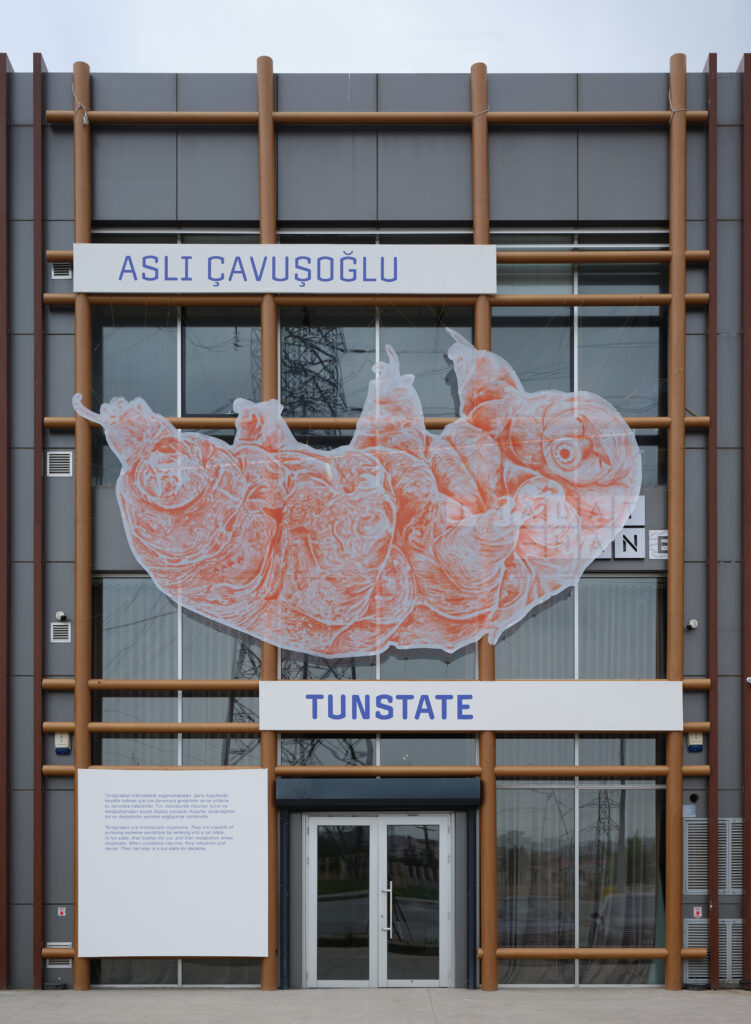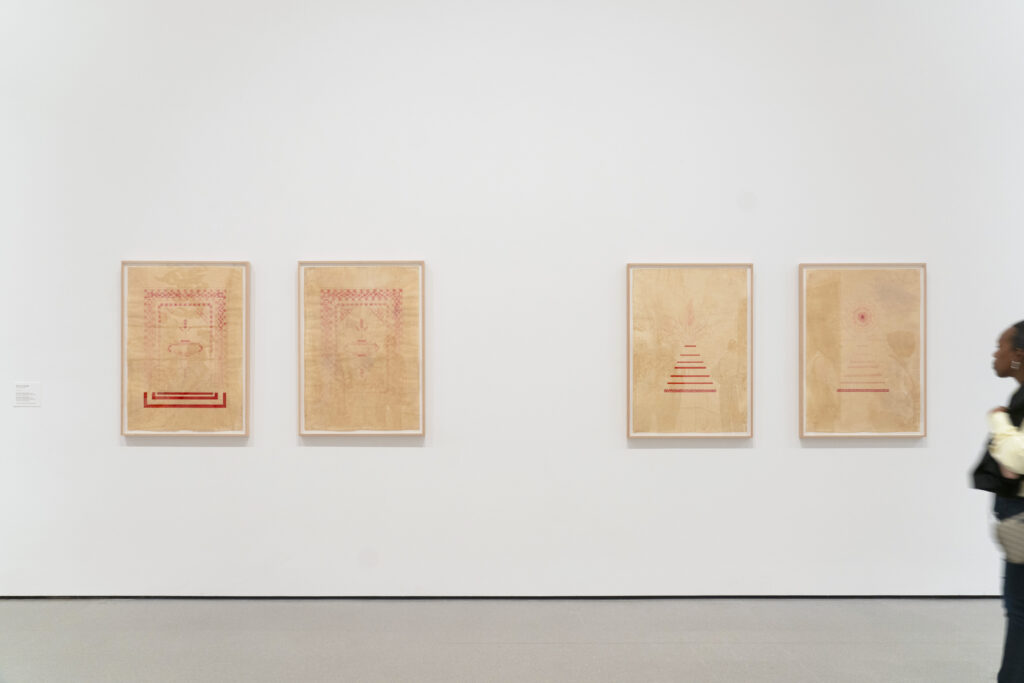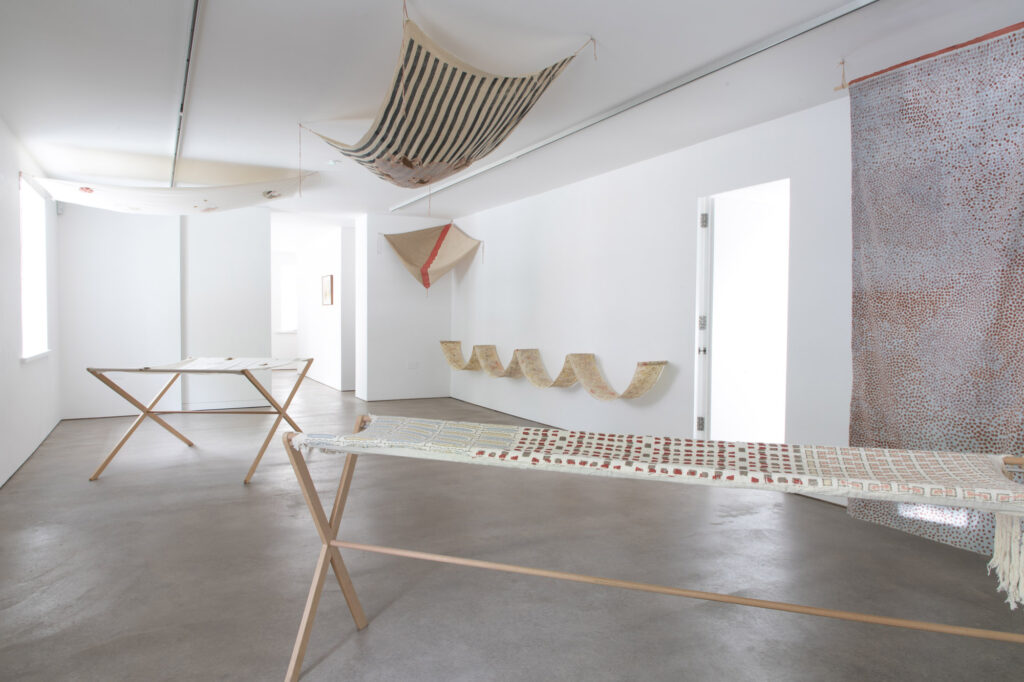İMALAT-HANE is pleased to present “TunState”, a solo exhibition by Aslı Çavuşoğlu, on view from May 17 to September 27, 2025. Featuring new works produced with the support of İMALAT-HANE, the exhibition draws inspiration from nature’s strategies for adaptation and regeneration, offering fresh reflections on transformation and resilience.
RED / RED at Haus Der Kulturen Der Welt
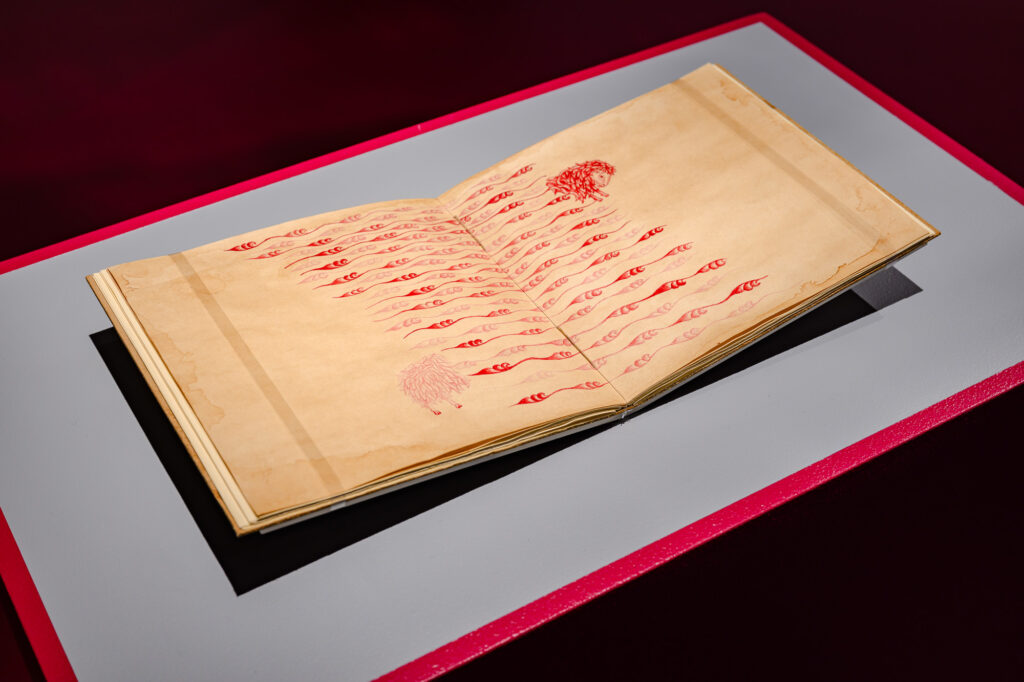
Musafiri
8.3.–16.6.2025
curated by Cosmin Costinaș
Musafiri: Of Travellers and Guests speaks from the present moment, taking into account current manifestations of much older tensions around who is welcomed and who is not, which perspectives are welcomed and which are not, and who decides on these limits.
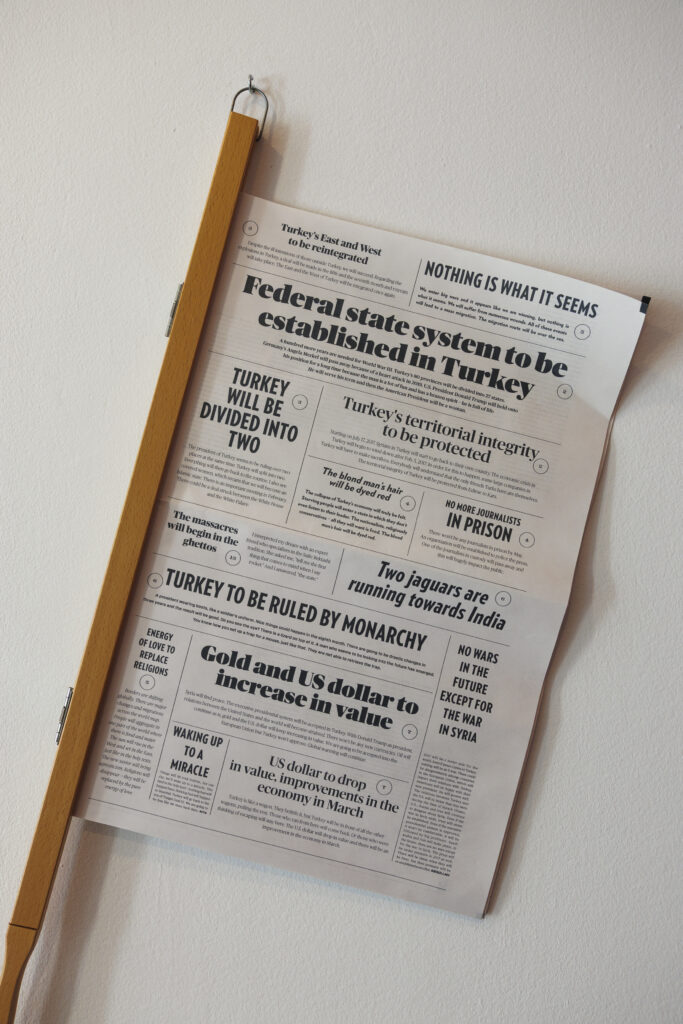
RED / RED at MoMA
RED / RED will be on display as part of MoMA’s collection show Clandestine Knowledge opening on September 20th 2024.
COLLECTORS & ARTISTS IV at Ferda Art Platform
This summer, Turkish artist Aslı Çavuşoğlu will install her work Pink as a Cabbage/ Green as an Onion/ Blue as an Orange, 2020, in CAMPLE LINE’s downstairs space, opening 6 July.
Originally commissioned by Kadist, the work comprises twenty fabrics, each either hand-dyed or embroidered or printed using natural dyes, which Asli produced in collaboration with fifteen Turkish agricultural cooperatives and associations using the produce that they cultivate. Asli will include ten of the fabrics in this new presentation at CAMPLE LINE.
One Room One Island is at ArtExplora Festival
This exhibition brings together some twenty international artists, both historical and contemporary, who share the common trait of having found in the Mediterranean an immense territory of inspiration.
The artists featured in Sous l’azur : Etel Adnan, Jean-Marie Appriou, Cecilia Bengolea, Aslı Çavuşoğlu, Aly Cisse, Simone Fattal, Joana Hadjithomas and Khalil Joreige, Edi Hila, Marguerite Humeau, Aboubacar Kanté, Yannis Maniatakos, Marisa Merz, Joan Miró, Lydia Ourahmane, Adrian Paci, Jean Painlevé, Anri Sala, Soundwalk Collective, Adrián Villar Rojas, Sidy Wague, Dominique White, Luigi Zuccheri
The museum boat will travel to 15 countries in the Mediterranean, cradle of great civilizations and melting pot of many cultures, bringing together artists, curators, cultural, associative and educational organizations who, collectively, will imagine a new vision of the Mediterranean. In each of its host cities, the exhibition also presents a unique object from the city’s heritage collections, recounting the special relationship between the inhabitants and their sea.
